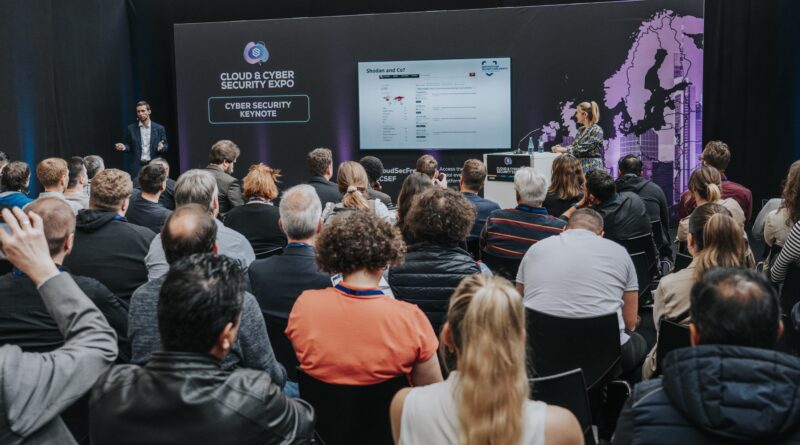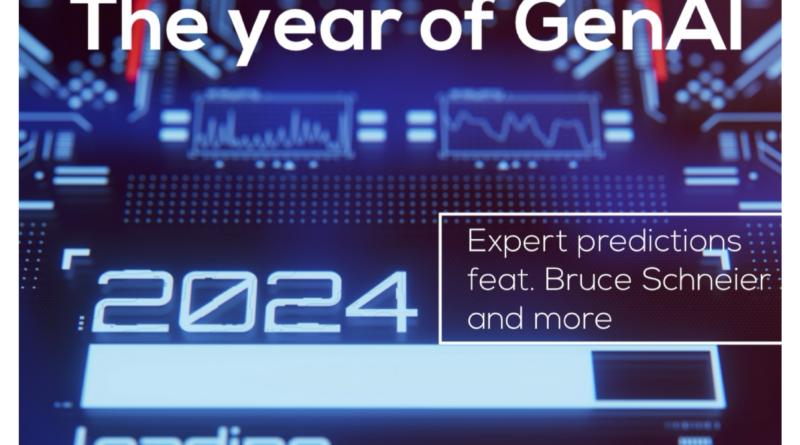Third-party security is almost impossible
There are many themes arising for the RSA Conference next week including tools and services to protect against originating with unsecured third parties in the supply chain. That is a crucial issue in every industry especially with almost every company doing business with a supplier in the cloud. But the scope of the problem is almost impossible to resolve. The reasons are myriad.
With every Fortune 1000 business and government agency doing business with tens of thousands of third-party suppliers, the odds of finding one chink in the security protocols are very good for the criminals and state actors looking to do damage.
Social engineering can easily bypass the strongest technical defenses. It only takes a single lapse in digital hygiene to open the door to man-in-the-middle attacks, invite malware injections, and launch credential stuffing. It is also the favorite strategy of ransomware gangs.
Ransomware grabs headlines and remains highly lucrative for ransomware gangs. When compared to other forms of cybercrime, however, ransomware is really a minor issue. There are more than 33 million small businesses (under $100 million in revenue) operating in the United States alone representing 99 percent of all businesses. However, according to a study produced by the Black Kite Research and Intelligence Team, less than 5000 of them experienced a successful ransomware attack in the last 12 months...










